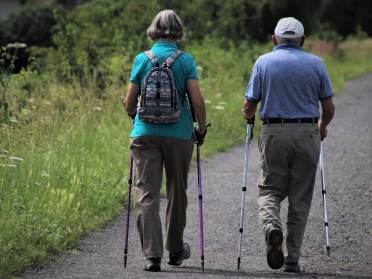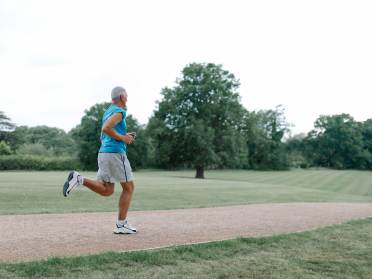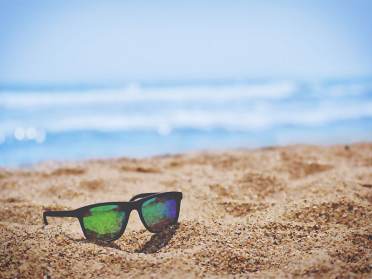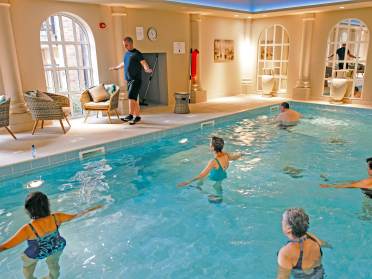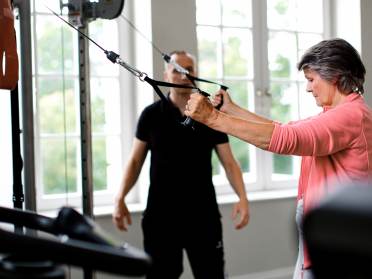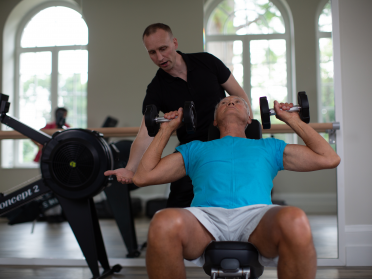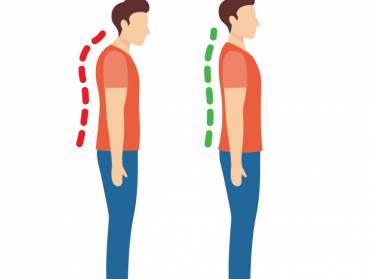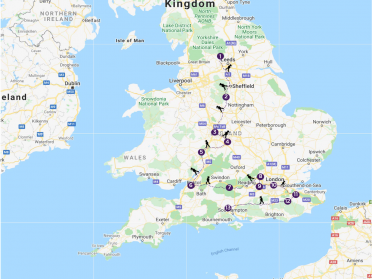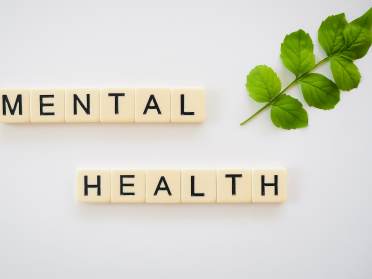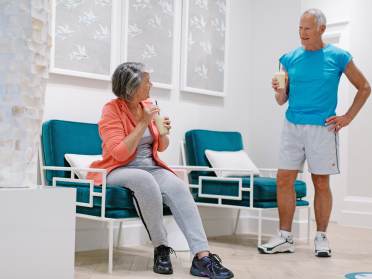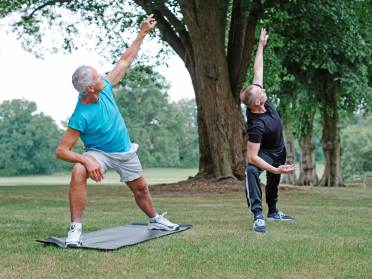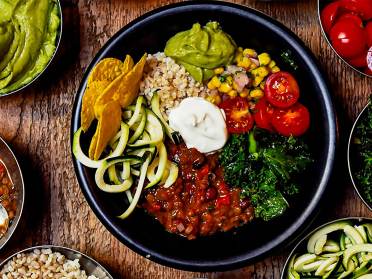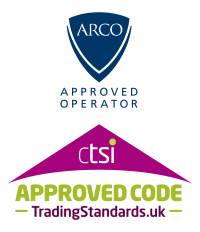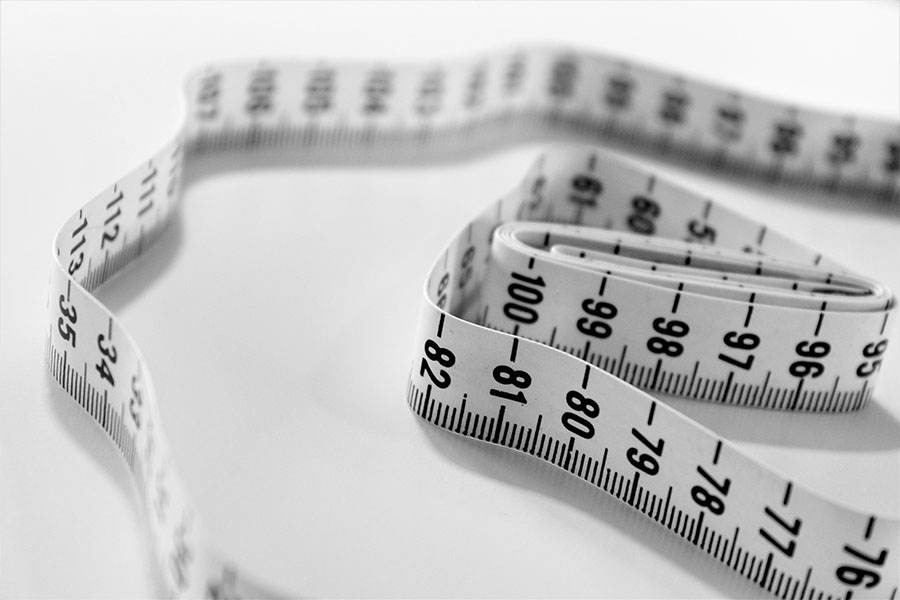
We’ve been conditioned to believe that the number on the scale is the most important factor of health, but that’s actually a fallacy. Since the scale weighs everything on it including your clothes, all the food you ate and water you drank, it’s not a great measure of your actual weight on a daily basis. It also can’t account for your composition and fluctuates every day.
Believe it or not, a person with very little muscle and one with quite a bit of muscle could have the exact same weight but their overall fitness levels could be drastically different. Their clothes would also fit very differently since muscle is leaner and closer to the body than fat. However, there are a lot of reasons beyond aesthetics to push for a better muscle density.
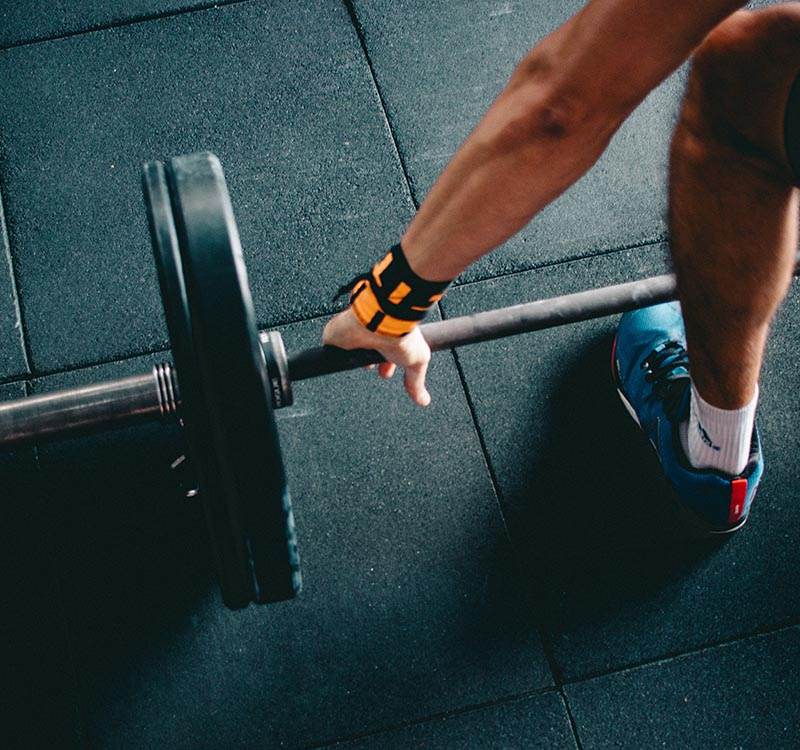
According to The Dietologist, muscle mass has a load of other benefits including:
• it burns more calories and increases your vitality
• boosts mobility and overall balance
• can improve self-esteem
• results in a toned-looking body
• improves strength, power and performance
• increases in energy levels
• incremental benefits to blood glucose levels
So, it’s actually more important to measure your body circumference and fat levels. There are many ways to do this but we’ll talk about the two most accessible options: skinfold calipers and circumference measurement.
Measuring body circumference
Use a cloth tape measure and take the circumference of your hips, waist, arms, thighs and more. There’s a handy guide here on how to precisely measure each body part. Record each measurement before you start any routine and measure again every month to track your progress.
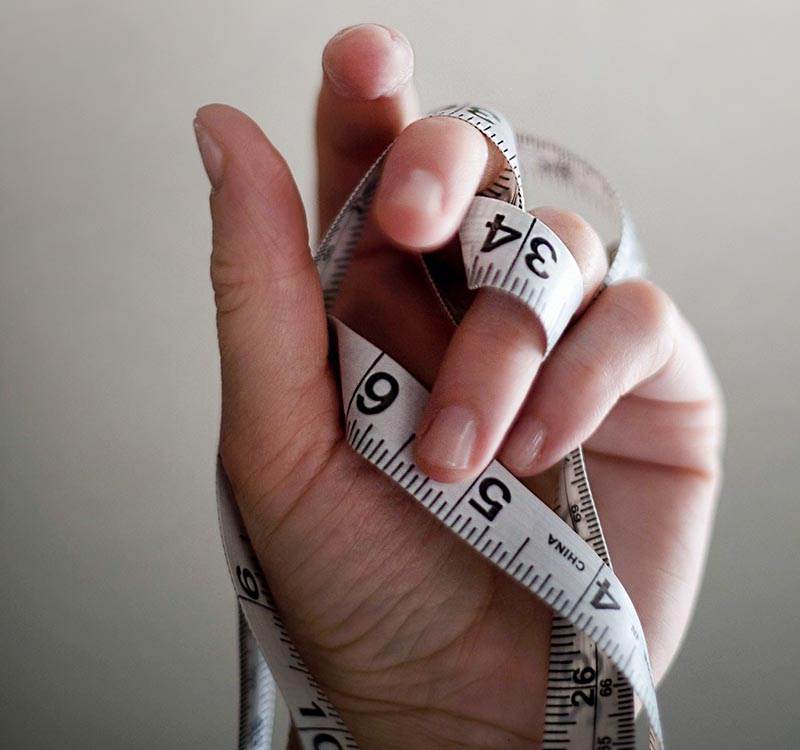
Remember, we lose weight across our whole body, so it’s not possible to target just your tummy or thighs. Be happy that you are getting healthier as you see these areas of fat replaced with lean muscle.
Measuring fat levels
Skinfold calipers are the easiest and cheapest way to do this as home, although there are very reliable external scans available if you want to be precise. For easy instructions on how to use a skinfold caliper, refer to the manufacturer's manual or this handy guide.
Remember to measure several places and take two measurements per site to get a reliable average. Check again each month and record your results. As you gain more lean muscle, you start to notice there’s less to pinch overall! Refer to a skinfold calculator to track your progress and confirm when you’ve met your goals.
Talk to your GP
Remember before setting out on any fitness regime, it’s important to talk to your GP about your goals. They may recommend scans like DEXA before you start if you’re at risk of Osteoporosis, counsel you on the right level of impact for your workout and can advise on supplemental diet choices that will help you meet your target in a healthy way.
If you're lacking in any vital nutrients, your GP can discuss supplement options available to help you make up the difference.
Discover more about the Audley Club gym and swimming facilities, fitness classes and personal training well-suited to older people.

